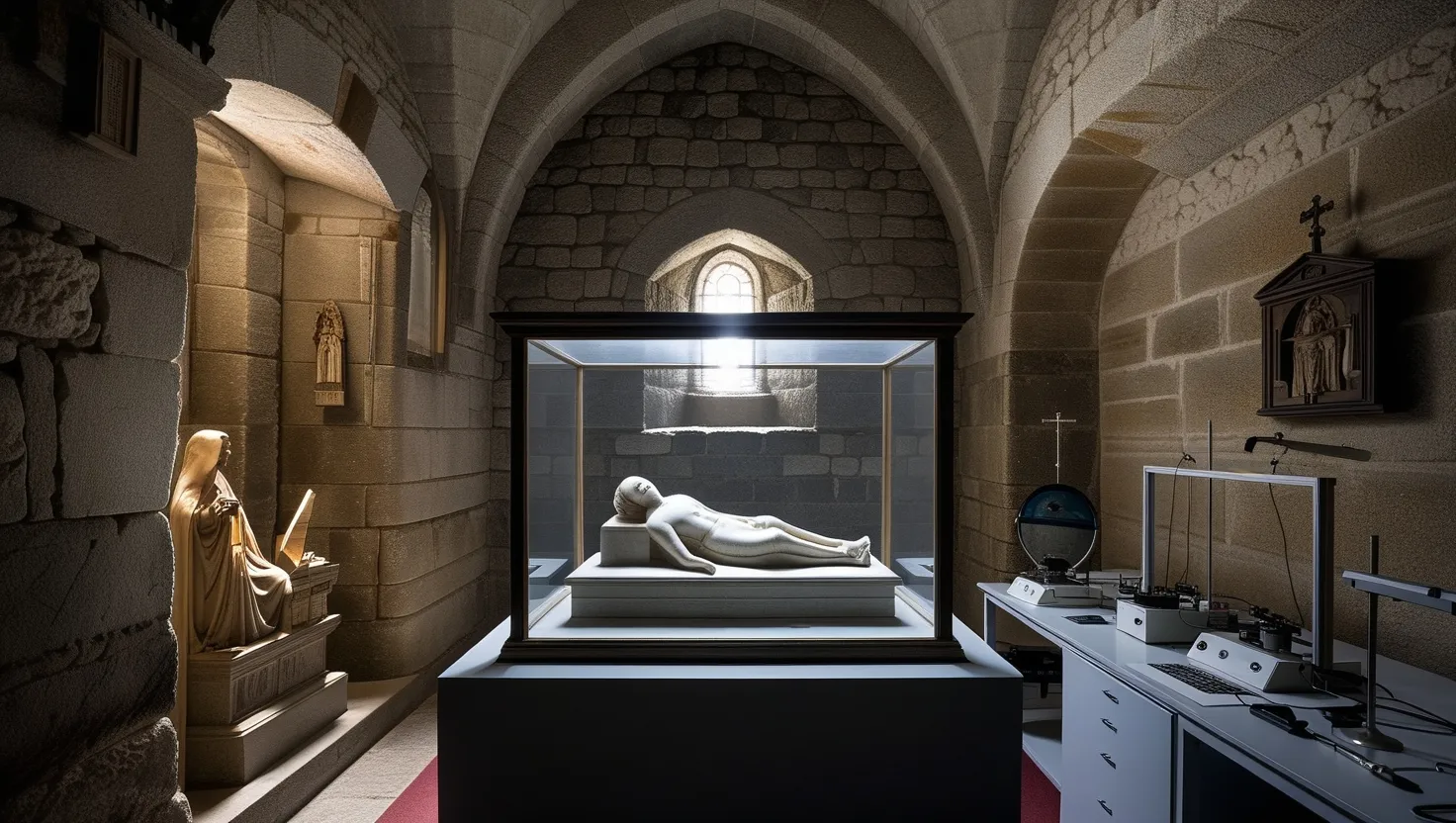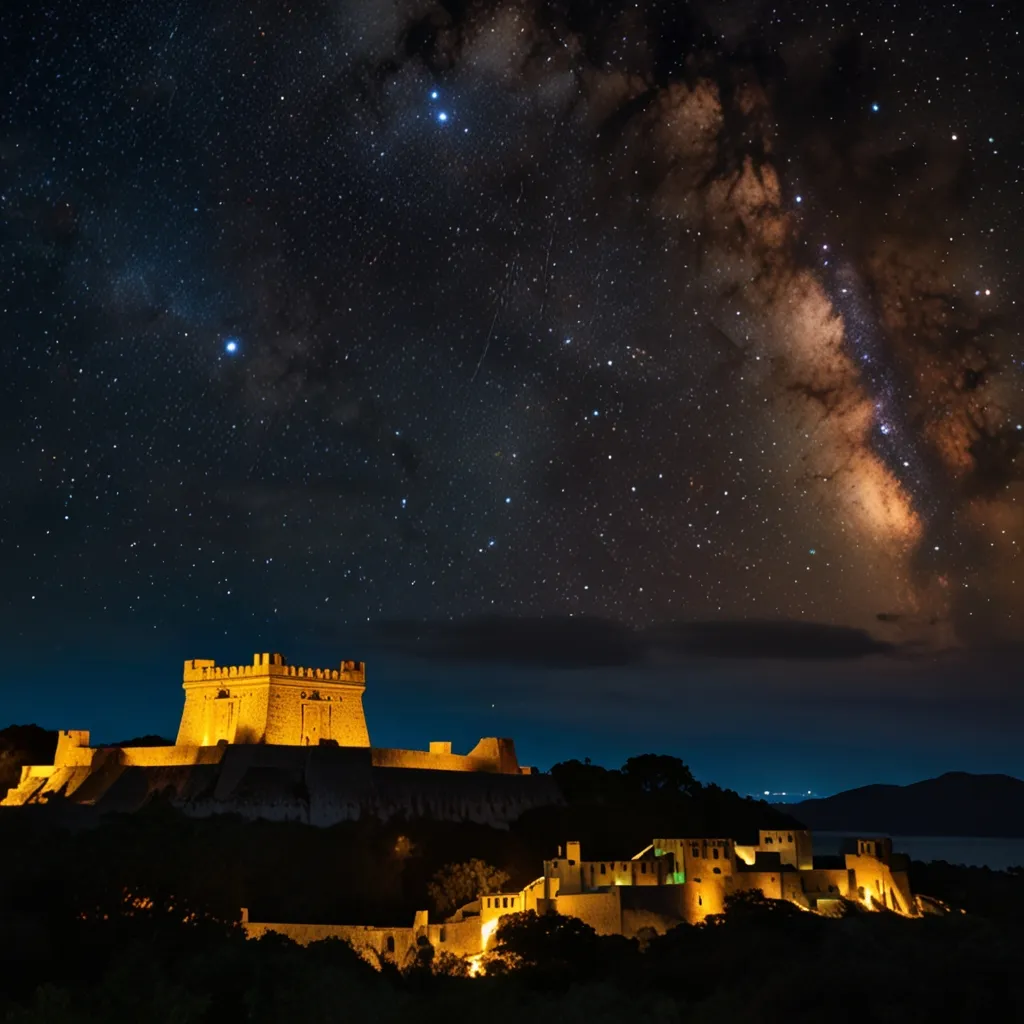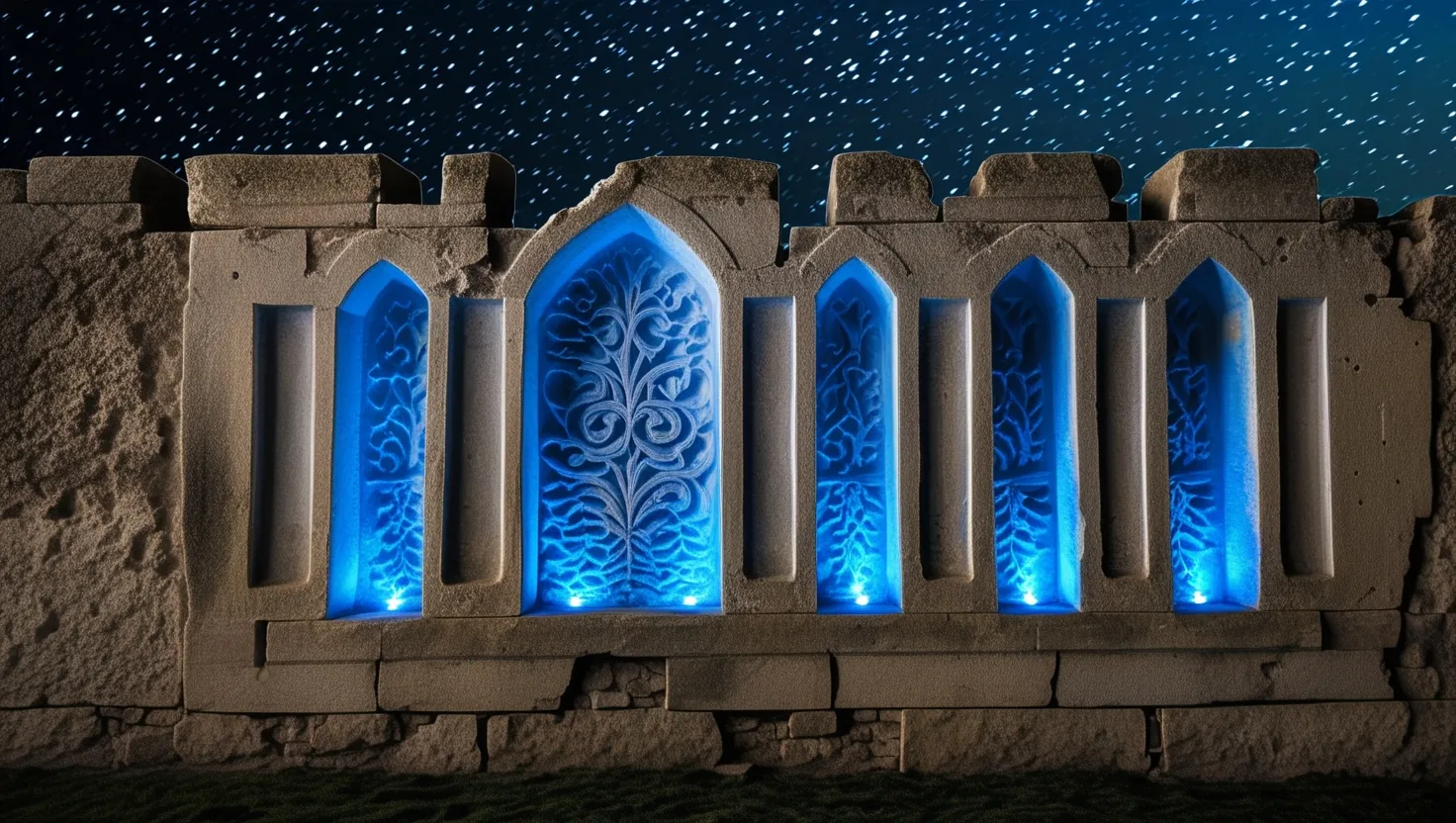People have always believed that the laws of nature govern everything, especially the fate of our bodies. Yet, in rare corners of the world, some lifeless forms contradict the expectations written in scientific textbooks. We all know decay is inevitable, right? Flesh, once animated by life, should eventually become dust. But the stories I’ve encountered offer a strange contradiction—and they aren’t just campfire legends. These are documented events, stretching across centuries and cultures, puzzling even the most skeptical investigators.
Let me bring you into the world of incorruptible bodies. These aren’t mummies from Egypt, deliberately dried in the desert or prepared with elaborate rituals. The difference here is intent and explanation. With mummification, humidity, cold, or chemicals explain why a corpse remains intact. What sets the phenomenon of “incorruptibility” apart is the absence of intervention. Imagine finding a body—years, decades, sometimes centuries after death—with skin that hasn’t shriveled, arms that remain flexible, or even organs that look ready for surgery. It’s not the stuff of fiction or magicians; it’s real and thoroughly documented, even if not fully understood.
Think about this: How can a body buried in a humid crypt, without embalming, avoid putrefaction and liquefaction? Scientists expect autolysis—the breakdown of tissues by their own enzymes—to start within hours of death. Bacteria and fungi should have free rein to dismantle the flesh. Instead, what greets those who open ancient tombs are remains that look eerily fresh. Sometimes, the skin feels soft, joints bend as if just sleeping, and tissues retain their color.
The case of St. Cecilia continues to perplex me. Martyred in the early centuries AD and reburied multiple times, her body was discovered after nearly 1500 years in a near-perfect state. Flexibility persisted, lifelike appearance remained, and no sign of embalming could be found. Is it possible for simple burial in a stone crypt to create these results? Why do similar preservation effects appear in completely different climates, from the chill of northern Europe to the heat of southern Italy?
Here’s a question for you: If the body resists the universal decay we expect, do you reconsider the boundaries between physical matter and consciousness? Or does science simply haven’t yet found the answer?
The stories aren’t limited to Christianity. Tibetan Buddhist masters, known as “rainbow bodies,” sometimes leave remains that refuse to rot. Some disappear entirely, while others are found with soft skin and pliable limbs years after being sealed away. In Catholicism, the number of incorrupt saints—over 300 at last count—shows the scale of this phenomenon. Skeptics claim its all myth or exaggeration, but physical examinations reveal biological details therapists and doctors recognize from living patients: organ preservation, absence of rigor mortis, and—in some cases—the literal scent of roses or sweet oils coming from the corpse.
Let’s stop for a moment: “The most beautiful thing we can experience is the mysterious. It is the source of all true art and science.” — Albert Einstein. Doesn’t this apply perfectly to the topic at hand?
One aspect that surprises even seasoned scientists is the idea of “partial incorruptibility.” What if only the heart remains pristine while the rest of the body decays normally? In some cases, symbolic organs—such as the tongue of a famous preacher or the heart of a beloved saint—stay untouched, raising uncomfortable questions about religious symbolism intertwining with biological mystery. Are these simply coincidences, or does something else play a role?
I’m compelled to ask: Can faith or intention alter the course of physical decay? Or do we simply miss subtle environmental clues—like rare minerals leaching into a tomb, or constant air currents preventing mold? Yet, repeated scientific testing rarely finds clear chemical explanations. Sometimes, the bodies are housed in ordinary church crypts, exposed to typical European moisture, surrounded by the same bacteria and fungi that break down all other remains.
Turning to cases outside Europe sheds new light. The body of Tibetan lama Dashi-Dorzho Itigilov, exhumed decades after burial, retained flexibility and lifelike features that defy explanation by modern forensic medicine. The same oddities arise in Asian climates as in Mediterranean ones, hinting that local soil, air, and climate aren’t the answer.
A skeptic’s mind begs for rational answers: Maybe we’re missing the presence of preservative substances? Maybe the bodies were secretly embalmed or treated before burial? Yet, in many cases, church records, careful historical tracking, and modern investigations argue against intervention. Sometimes scientists find fragments of cloth soaked in nothing more than water. No chemicals, no recorded mummification, no evidence of tampering.
Here’s a practical question: Would you expect any body to remain flexible and intact for centuries if buried with no special treatment? What would you say if you saw it firsthand?
The phenomenon doesn’t just confound biologists; it shifts the way we interpret history and faith. Rituals and relics take on new meaning when human remains, rather than fading away, endure with inexplicable clarity. This has led to public debate—should the bodies remain on display, revered as relics, or examined more closely by modern science?
Let’s consider cultural context. In ancient Rome, decay was a metaphor for the transition of the soul. The incorrupt bodies seemed to bypass not just physical decomposition but a spiritual purgatory, leaping straight to sainthood in public eyes. Is it a coincidence, or does collective belief alter our interpretation of what’s remarkable? The Church, recognizing the importance and controversy, frequently reevaluated which saints qualified as “incorruptible.” The process wasn’t just scientific but reflected changing attitudes toward miracles and evidence.
“The important thing is not to stop questioning. Curiosity has its own reason for existing.” — Albert Einstein.
If you’re wondering about the wider scientific implications, let’s pull back. Preserved bodies outside religion—like bog mummies or the Inca Ice Maiden—show how environment can slow decay. But these cases have reasons: cold, lack of oxygen, or chemical interaction with soil. Incorruptibles, in contrast, challenge those principles. The answers we know—temperature, humidity, bacterial activity—fail to explain why the flesh remains unbroken, why organs keep their color, or why flexibility persists.
It brings up another thought: Is there a missing link in our understanding of autolysis or cellular breakdown? Could there be an undiscovered biological mechanism—perhaps related to genetics, or unobservable microscopic factors—that sometimes intervenes? Researchers continue to puzzle over tissue samples, but results are rarely definitive. In some cases, modern autopsies of centuries-old corpses report minimal autolysis, even when decay should have destroyed all trace of structure.
It’s easy to get lost in speculation. But these are not blank spaces on a map—they are “X marks the spot” moments in human inquiry. Would studying these bodies reveal more about aging, disease, or perhaps new methods for medical preservation? Or is the phenomenon so rare and unpredictable that it’s destined to remain a mystery?
Let’s pause to reflect: “Science without religion is lame, religion without science is blind.” — Albert Einstein.
I find it especially intriguing how ordinary material—cloth, stone, and air—becomes the setting for extraordinary preservation. Rituals and religious ceremonies that surround these saints may contribute, but the evidence points to physical, not just metaphysical, factors. Is it possible subtle climatic factors, such as periodic ventilation or microbiomes unique to certain tombs, are at play? If so, why do they consistently favor particular individuals over hundreds of years, in places where most others rot away as expected?
Some investigators propose that intense emotional or spiritual energy locked within these bodies affects their decomposition. This idea isn’t proved, but it highlights the limitations of our current understanding. Maybe consciousness interacts with matter in ways we haven’t measured, inviting speculation on the boundaries between mind and body.
How would you feel witnessing a centuries-old body with fresh skin in a glass case? Does it inspire wonder, skepticism, or something else entirely?
Throughout history, stories of incorruptibility have often drawn crowds. Pilgrims travel thousands of miles to gaze at relics as signs of sanctity. Scientists submit tissue samples for analysis. The truth remains elusive, and the phenomenon continues to challenge the limits of biochemical reasoning. It’s a vivid reminder that not all questions yield easy answers, and sometimes the very substance of our bodies hides mysteries no microscope can fully reveal.
“The difference between science and the fuzzy subjects is that science requires reasoning, while those other subjects merely require scholarship.” — Robert A. Heinlein.
Whether you see these incorrupt bodies as miracles, anomalies, or outliers, they invite us to keep asking questions. They prompt us to examine what we believe possible, and to recognize that sometimes, reality doesn’t fit neatly into the boxes we build. For now, the six most compelling cases remain as silent witnesses—begging us to look closer, think harder, and never lose our sense of curiosity.
What would you want to know, if you were the one standing before an incorruptible saint? What would you ask the scientists whose tools found only silence where decay should have ruled?






